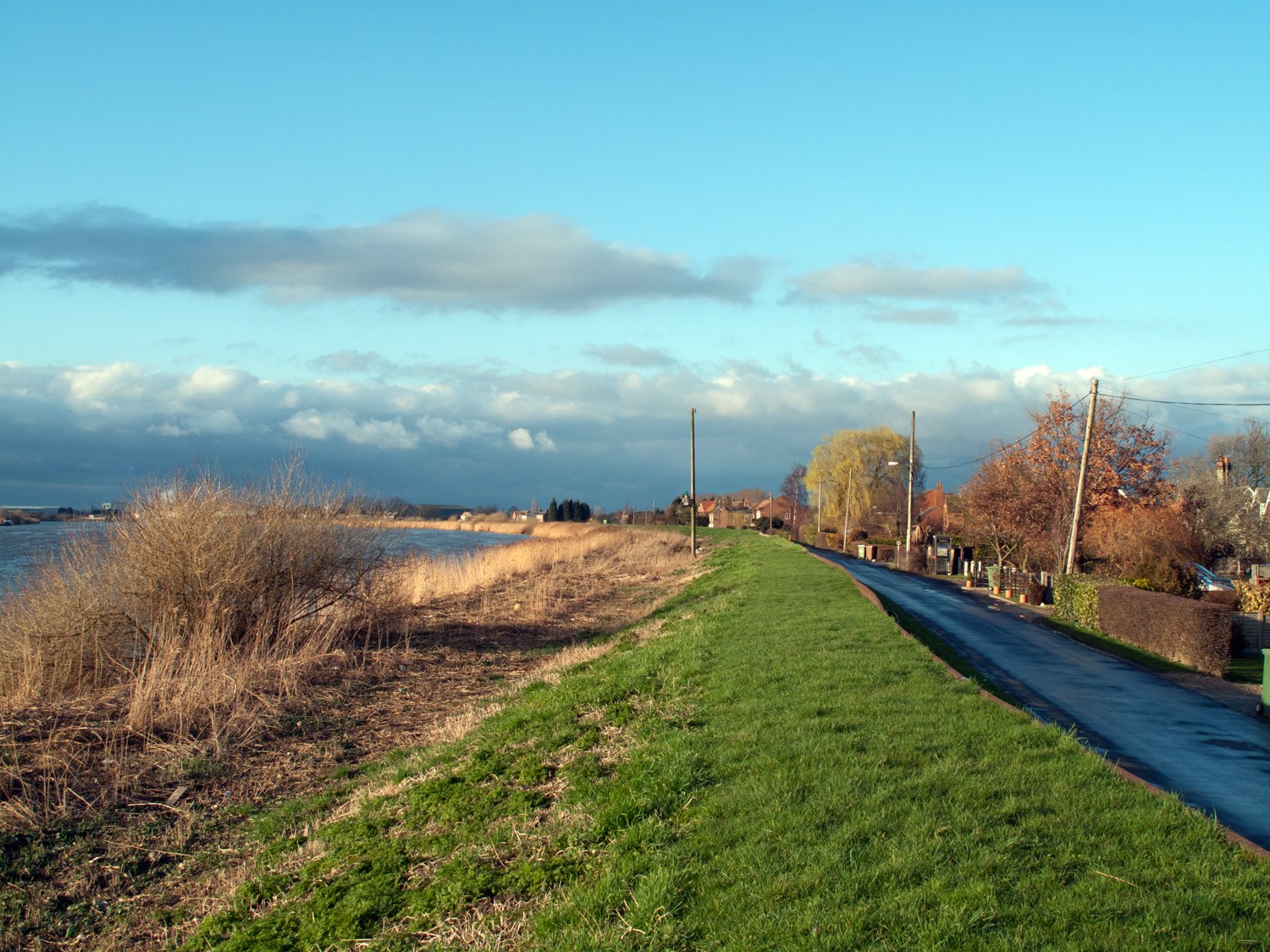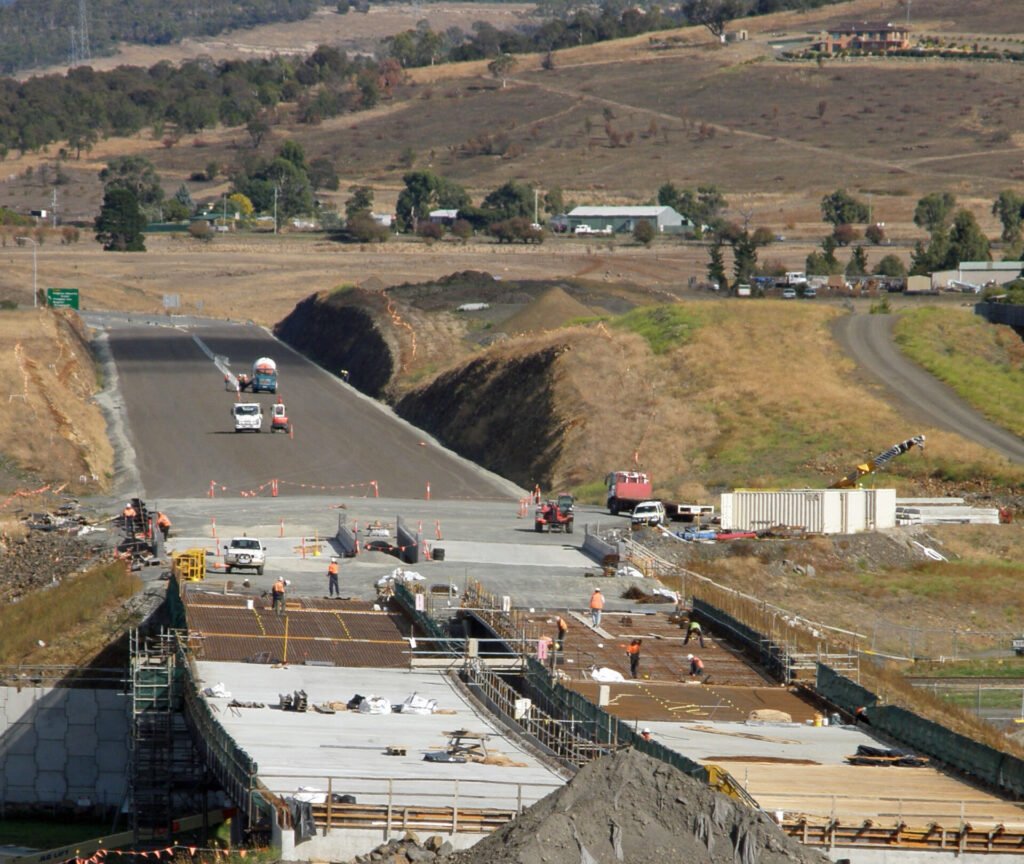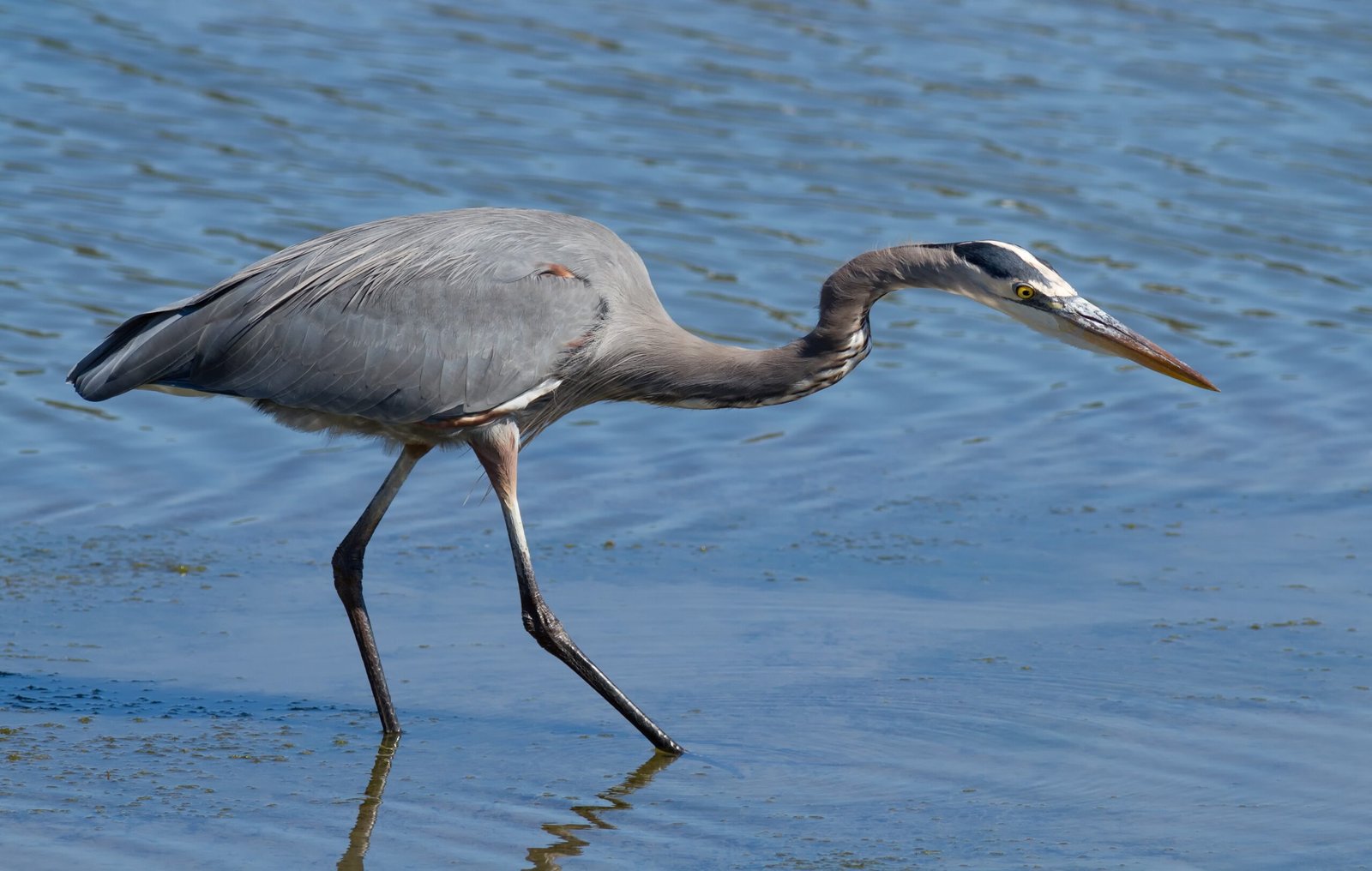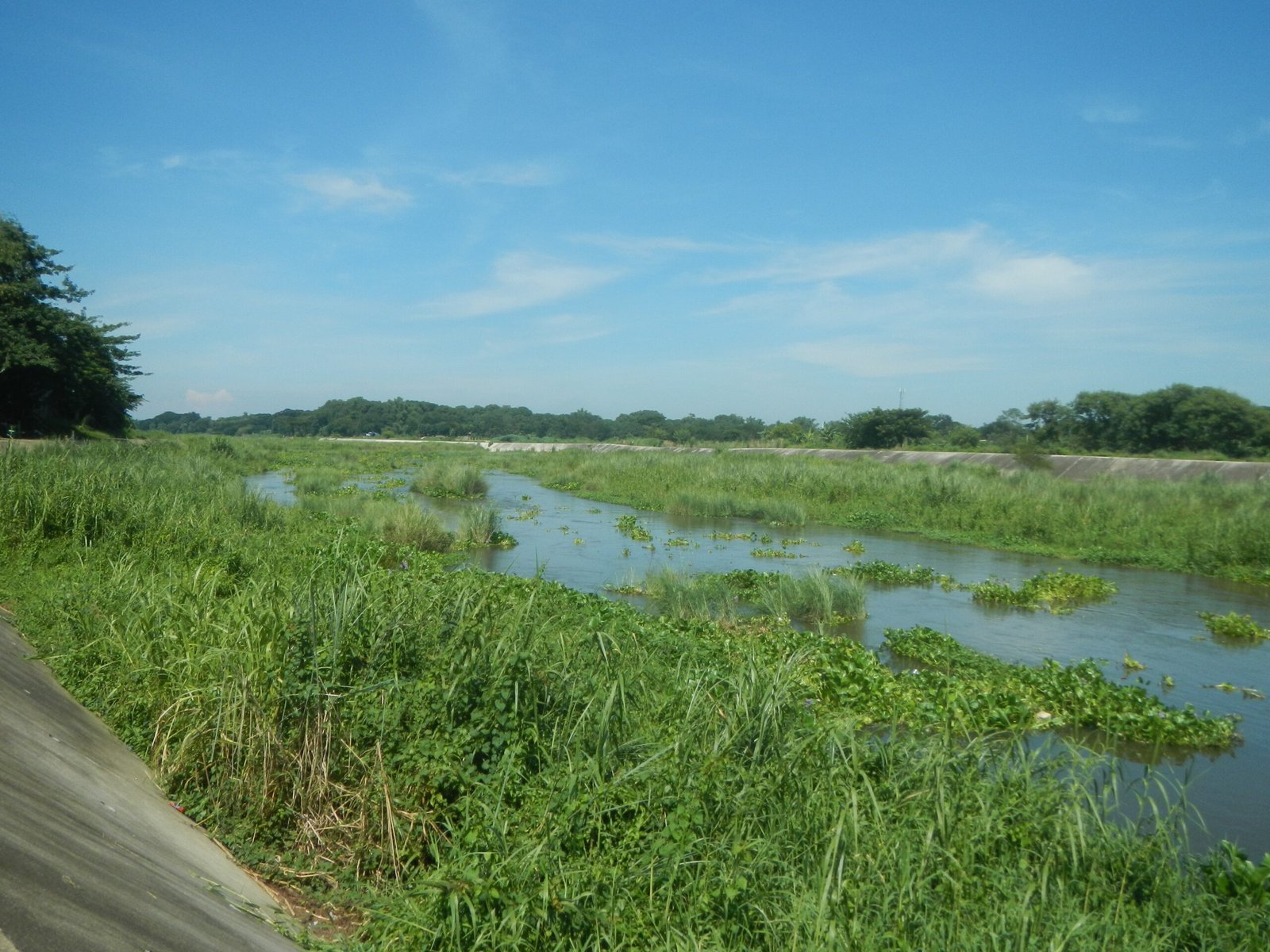Few people realize that some of the fiercest battles shaping our landscapes are fought not in the open, but along the winding lines of earth and concrete that hold back rivers—levees. Imagine a silent conflict, where the peaceful hum of tractors, the buzz of construction, and the quiet deliberations of water experts mask a deep struggle over who controls the land, the water, and the future of entire communities. These levee wars are not marked by shouting or banners, but by stubborn negotiations, shifting boundaries, and the ever-present threat of nature breaking free. The stakes are startlingly high: food security, homes, wildlife, and even our very relationship with the land. As rivers carve their paths and cities sprawl outward, farmers, developers, and water managers find themselves at odds—sometimes as allies, often as adversaries—vying to shape the world behind the levees.
The Power and Promise of Levees

Levees have been built for thousands of years, turning flood-prone swamps and wild rivers into fertile fields and growing towns. These embankments, made of earth, rock, or concrete, promise safety from floods and bring a sense of stability to those who live and work nearby. For farmers, levees mean the difference between a lost crop and a bountiful harvest. For developers, they unlock land for new neighborhoods and bustling business districts. But this promise comes with a price. As levees rise, so too do tensions between those who depend on the land in different ways. The simple barrier becomes a symbol of control, hope, and sometimes, bitter disagreement.
Farmers: Defenders of the Floodplain

For generations, farmers have worked the rich soils behind the levee walls, relying on the protection they offer. These lands often produce the food that fills grocery stores and kitchen tables. Yet, farmers are keenly aware of the risk—one breach or poorly maintained levee can wipe out an entire season’s work in hours. Many farmers become passionate advocates for stronger, higher levees and strict maintenance. They watch river levels like hawks, sometimes pooling resources to repair or raise levees themselves. But their interests can clash with others who see the floodplain as more than just farmland, sparking quiet feuds over how—and for whom—the levees are managed.
Developers: Chasing Opportunity and Expansion

Developers see levees as gateways to new possibilities. Once an area is protected from regular flooding, it can be transformed from open fields into suburbs, shopping centers, or industrial parks. The promise of growth and prosperity is alluring, but it brings complications. Building behind levees raises the value of land but also increases the risk for more people and property if a flood does occur. Developers often push for levee upgrades and expansions, sometimes lobbying for changes in zoning laws to open up new territory. This pursuit of opportunity can put them at odds with both farmers, who fear losing their land, and water managers, who worry about safety and ecological impacts.
Water Managers: The Unsung Guardians

Water managers sit at the heart of the levee wars, tasked with balancing safety, economy, and the environment. Their job is as much about diplomacy as it is about engineering. They must forecast floods, monitor levee stability, and negotiate among competing interests. Scientific models guide their decisions, but they also face political pressure from farmers demanding protection, developers seeking expansion, and conservationists urging restraint. Mistakes or misjudgments can have disastrous consequences, making their role both crucial and stressful. These professionals often find themselves in the crosshairs, blamed when things go wrong, and rarely celebrated when disaster is averted.
The Ecological Cost: Rivers Reined In
Levee construction may save lives and property, but it also comes with a steep ecological price. Natural floodplains—those wild, wet places that flood and recede with the seasons—are some of the most productive and diverse ecosystems on Earth. When levees hem in a river, much of this richness is lost. Fish lose spawning grounds, birds lose wetlands, and entire food webs unravel. The river itself grows faster and more unpredictable, unable to spread out and slow down during storms. Conservationists argue for “room for the river” approaches that allow some flooding, sparking further debate with farmers and developers who want to keep every inch of land dry.
Climate Change: Raising the Stakes
As the climate shifts, so do the rules of the levee wars. Heavier rains, rising rivers, and more frequent storms put unprecedented pressure on levee systems, exposing weaknesses and magnifying conflicts. Farmers and developers demand higher, stronger levees to keep up with the new normal, but water managers warn that even the tallest walls have limits. The increasing unpredictability forces everyone to rethink their strategies and sometimes accept painful compromises. Climate change turns the quiet struggle into a race against time, as communities scramble to adapt before the next disaster strikes.
The Politics of Protection

Levee wars are as much about politics as they are about engineering. Who decides where a levee goes, how high it stands, or who pays for repairs? Local governments, federal agencies, private landowners, and advocacy groups all stake claims. Political battles erupt over funding, responsibility, and long-term planning. Sometimes, the loudest voices win, even if their solutions are not the best for everyone. In other cases, quiet negotiations behind closed doors reshape entire regions. The struggle for control over levee decisions is often a stand-in for larger questions about power, fairness, and the public good.
Displacement and Social Strain
When levees fail or when new ones are built, people are sometimes forced to move. Whole neighborhoods can be uprooted, families separated from ancestral lands, and communities left with a sense of loss that no compensation can fully heal. The psychological toll can be immense. Even when no one is physically displaced, the constant uncertainty—will the levee hold, will the land be rezoned—creates stress and division. These social strains simmer beneath the surface, seldom making headlines but deeply shaping the lives of those involved.
Innovative Solutions and Peaceful Coexistence
Despite the conflicts, there are stories of hope and innovation. Some regions experiment with setback levees, moving barriers farther from the river to restore some floodplain habitat while still protecting key areas. Others develop sophisticated early warning systems and emergency plans that bring farmers, developers, and water managers together. Creative land swaps, conservation easements, and joint-use agreements show that cooperation is possible, even in the most contentious settings. Science, technology, and open dialogue become the tools for peace, offering the chance for everyone to gain something—even if no one gets everything they want.
The Human Element: Stories Behind the Conflict

Behind every levee is a tapestry of human stories—families who remember floods of the past, developers dreaming of new communities, and water managers who lose sleep during storm season. Their hopes, fears, and ambitions drive the decisions that shape the landscape. Some become local heroes, working tirelessly to protect their neighbors. Others become symbols of greed or resistance, depending on which side of the levee you stand. These personal tales remind us that the levee wars are never just about dirt, concrete, or water—they are about people, their dreams, and their determination to shape their world.
Lessons for the Future
The quiet conflicts along our levees reveal the deep connections between people, nature, and the built environment. They show that even the most well-intentioned efforts can spark unexpected consequences, and that compromise is often the only path forward. As the world changes and rivers rise, the lessons learned in these battles will become ever more important. Will we find ways to share the land and the water, or will the levee wars only grow more intense? The answer will shape the landscapes—and the lives—of generations to come.




